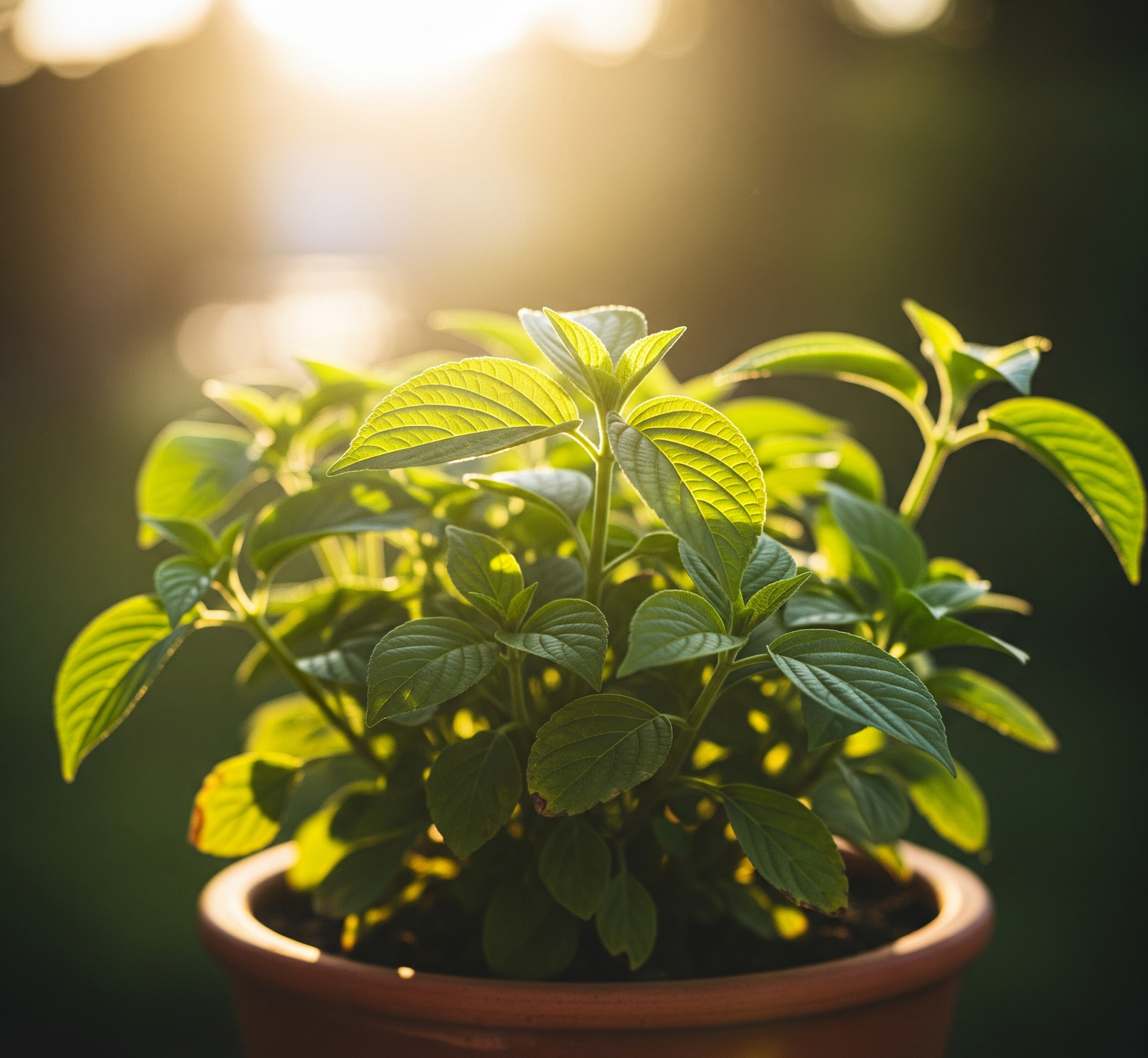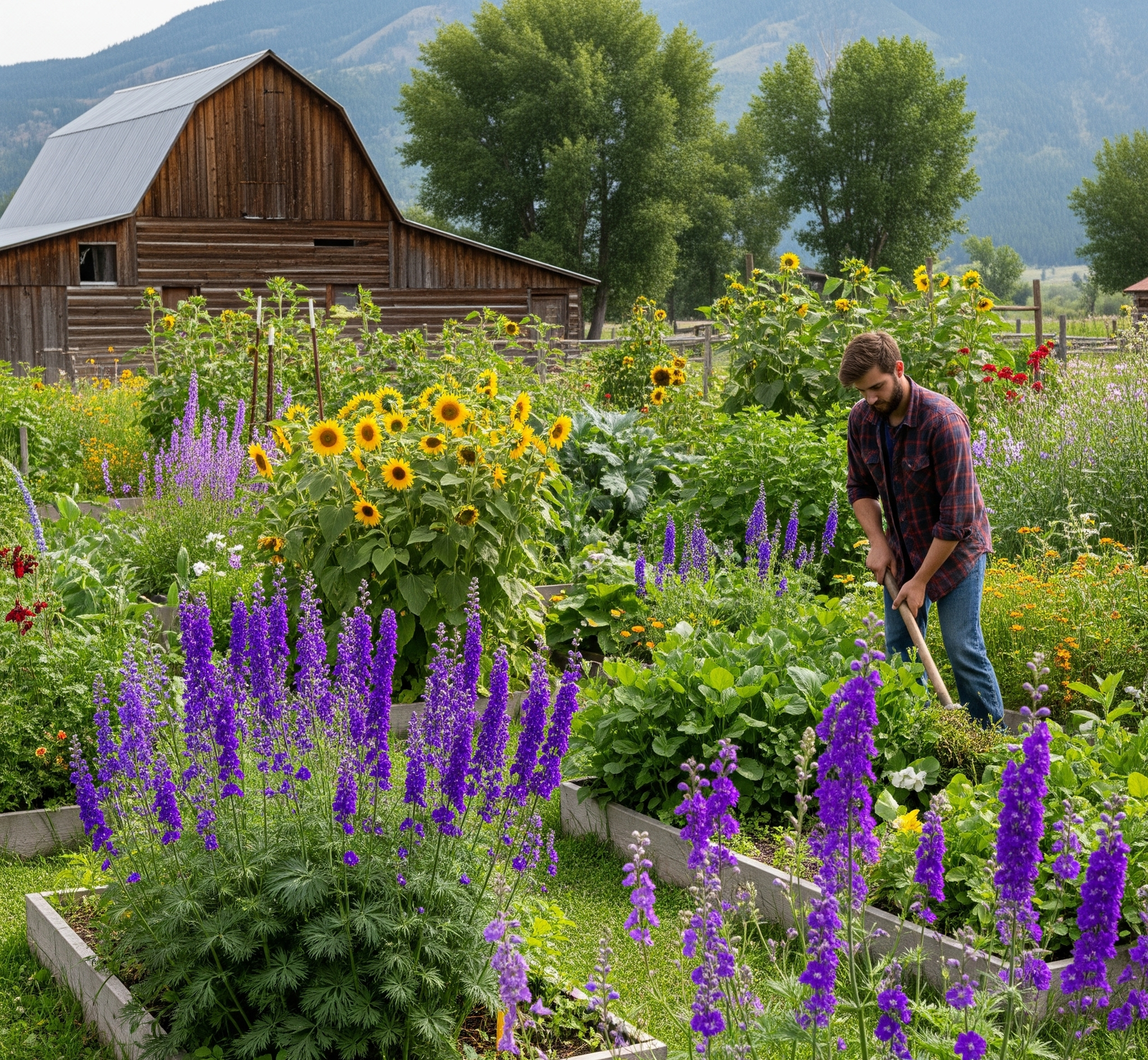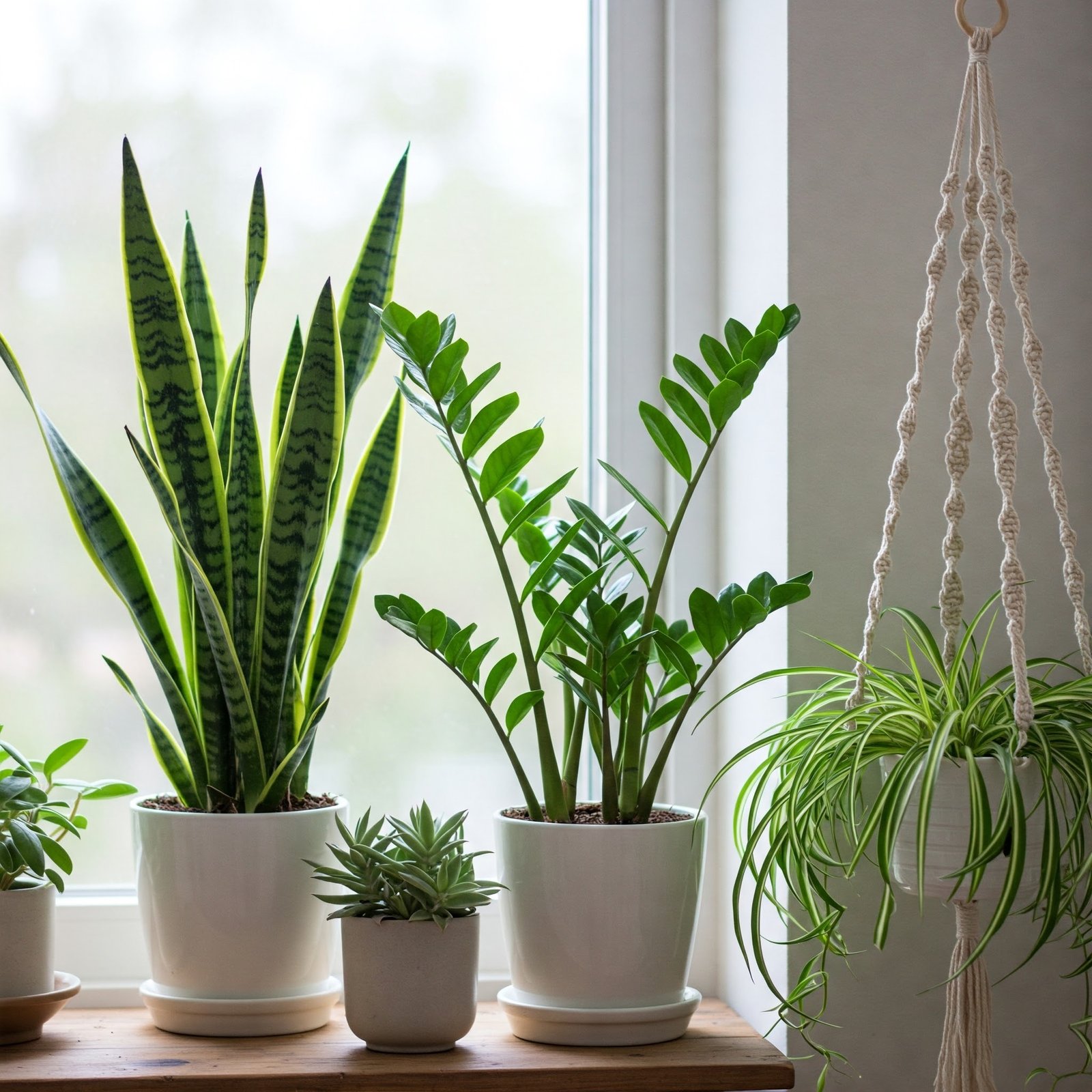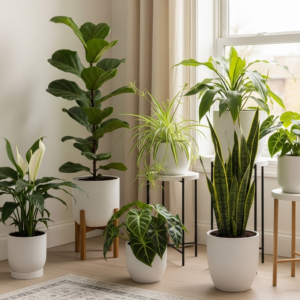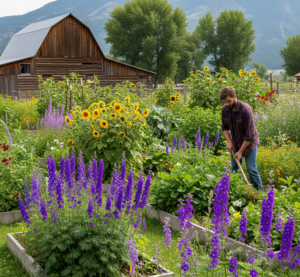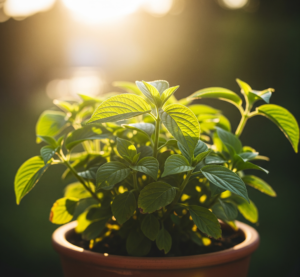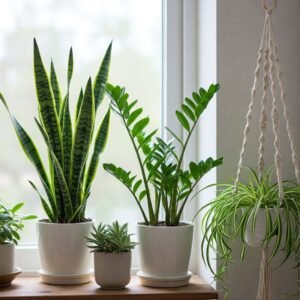Choosing the Perfect Plants | Top Picks for Sun, Shade, and Tricky Soils
Whether you’re a beginner gardener or a seasoned pro, choosing the right plants for your garden can feel overwhelming. With numerous factors, such as sunlight, soil type, and maintenance needs, to consider, it’s easy to make mistakes. This guide simplifies the process by offering top plant picks for sun, shade, and tricky soils, along with practical tips to ensure your garden thrives. Let’s dive into how to select the best plants for your unique garden conditions.
Understanding Your Garden’s Conditions: The First Step to Plant Success
Before buying plants, assess your garden’s conditions to set yourself up for success. Start by observing sunlight: does your garden get full sun (6+ hours daily), partial shade, or full shade? Next, test your soil type—sandy, clay, or loamy—and check its pH with a simple soil testing kit (available at most garden centers). Poor drainage or alkaline soil can limit plant choices, but don’t worry—some plants thrive in every condition. Knowing your garden’s specifics helps you choose plants that will flourish without constant struggle.
Top Plants for Full Sun: Vibrant Picks for Sunny Spots
Sunny gardens are a dream for vibrant, heat-loving plants. Here are some of the best plants for full sun that add color and thrive in bright conditions:
- Lavender: This drought-tolerant plant loves sunny borders, offering fragrant purple blooms and attracting pollinators. Water sparingly once established.
- Sunflowers: Perfect for beginners, sunflowers grow tall and cheerful in full sun, with varieties suitable for both small and large gardens.
- Salvia: These hardy perennials bloom in vibrant shades of red, blue, and purple, thriving in hot, sunny spots with minimal care.
Tip: Ensure good drainage for sun-loving plants, as waterlogged roots can spell trouble. Add compost to sandy soils to retain moisture.
Shade-Loving Stars: Best Plants for Low-Light Gardens
Shady gardens, like those under trees or in north-facing yards, can still be lush and beautiful with the right plants. Try these shade-loving plants:
- Hostas: Known for their striking foliage, hostas thrive in full or partial shade and come in various sizes and colors.
- Ferns: These low-maintenance plants add texture to shady areas and thrive in poor soil conditions.
- Astilbe: With feathery blooms in pink, white, or red, astilbe brightens shady areas and pairs well with ferns.
Tip: Mulch around shade plants to keep soil moist and cool, especially in warmer climates.
Conquering Tricky Soils: Plants That Thrive in Clay, Sand, or Alkaline Conditions
Tricky soils, such as heavy clay, sandy patches, or alkaline ground, can pose a challenge to gardeners, but the right plants make all the difference. Here are top picks for tough soils:
- Daylilies (Clay): These hardy perennials thrive in heavy clay soil and bloom in a range of colors, making them perfect for low-maintenance gardens.
- Yarrow (Sandy): Drought-tolerant yarrow thrives in sandy soils, offering flat-topped blooms that attract butterflies.
- Clematis (Alkaline): Many clematis varieties love alkaline soils and add vertical interest with stunning flowers.
Tip: Amend clay soils with organic matter, such as compost, to improve drainage. Add mulch to sandy soils to retain moisture. For alkaline soils, test pH regularly to monitor changes.
Pollinator-Friendly Plants for Every Garden Type
Supporting bees, butterflies, and other pollinators is a growing trend in 2025 gardening. These plants work across sun, shade, and tricky soils while attracting wildlife:
- Echinacea (Coneflower): Great for sunny spots, echinacea’s bold blooms draw pollinators and tolerate poor soils.
- Bee Balm: Thriving in the sun or partial shade, bee balm’s vibrant flowers are a magnet for bees and hummingbirds.
- Sedum: These sun-loving succulents are perfect for dry or sandy soils and provide late-season nectar for pollinators.
Tip: Plant in clusters to make it easier for pollinators to find your garden, and avoid chemical pesticides to keep wildlife safe.
Low-Maintenance Plant Picks for Busy Gardeners
If you’re short on time, these low-maintenance plants suit various conditions and require minimal care:
- Sedum: Ideal for sunny, dry areas, sedum’s succulent leaves and starry flowers need little attention.
- Hellebores: These shade-tolerant perennials, also called winter roses, bloom early and thrive with neglect.
- Ornamental Grasses: Varieties like miscanthus work in sun or partial shade and add texture to tricky soils.
Tip: Opt for perennials over annuals for reduced replanting, and group plants with similar care needs to simplify maintenance.
Seasonal Planting Tips: Choosing Plants for Year-Round Beauty
A stunning garden remains vibrant throughout the seasons. Here’s how to choose plants for year-round interest:
- Spring: Plant bulbs like tulips or daffodils in the fall for early color in sunny or partially shaded spots.
- Summer: Add sun-loving zinnias or shade-tolerant impatiens for bold summer blooms.
- Fall: Include asters or sedum for late-season color, even in tricky soils.
Tip: Mix evergreens, such as boxwood, with seasonal bloomers to maintain structure in winter.
Common Mistakes to Avoid When Choosing Plants
New and seasoned gardeners alike can fall into traps when selecting plants. Avoid these common mistakes:
- Ignoring Soil Type: Planting sunflowers in heavy clay without amending soil can lead to poor growth. Always match plants to your soil.
- Overlooking Light Needs: Shade-loving hostas will scorch in full sun, so be sure to double-check the light conditions.
- Skipping Maintenance Research: High-maintenance plants, such as roses, can be overwhelming for beginners. Opt for low-care options if time is limited.
Tip: Start small with a few reliable plants and expand as you gain confidence.
How to Mix and Match Plants for Stunning Garden Designs
Create a cohesive garden by combining plants strategically:
- Layer Heights: Place tall sunflowers or grasses at the back, medium-height daylilies in the middle, and low-growing sedum at the front.
- Mix Textures: Pair feathery ferns with bold hostas in shade gardens for visual interest.
- Balance Colors: Combine purples (such as lavender) and yellows (like yarrow) in sunny beds for a vibrant look.
Tip: Sketch a simple garden plan to visualize plant placement before making a purchase.
Resources and Tools for Finding the Perfect Plants
To make plant selection easier, use these resources:
- Soil Testing Kits: Available at garden centers or online, these help identify soil pH and nutrient levels.
- Plant Databases: Websites like the Royal Horticultural Society (rhs.org.uk) or local extension services offer plant finders for specific conditions.
- Local Nurseries: Staff can recommend native or region-specific plants that are suited to your garden’s sun, shade, or soil conditions.
Tip: Join local gardening groups on platforms like X to share tips and discover what works in your area.
By choosing plants tailored to your garden’s sun, shade, or tricky soils, you can create a thriving, beautiful space with less effort. Start with a few of these top picks, experiment with combinations, and watch your garden flourish. Happy planting!
